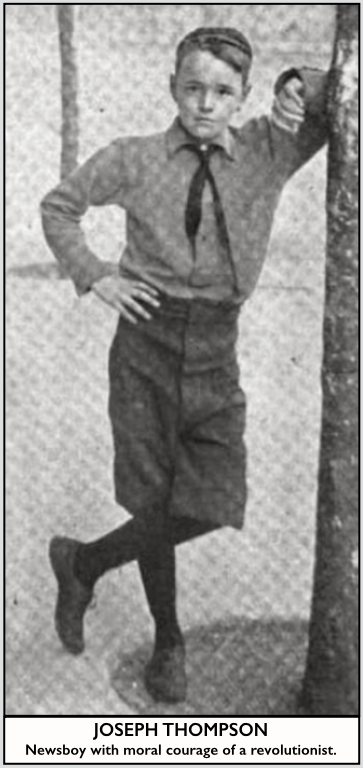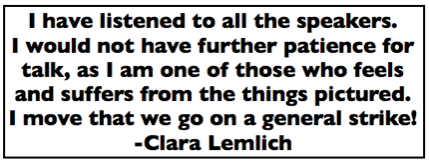 ———-
———-
Hellraisers Journal – Tuesday January 11, 1910
Rose Strunsky on New York City’s Shirtwaist Uprising, Part I
From the International Socialist Review of January 1910:
The Strike of the Singers of the Shirt
—–By Rose Strunsky.
—–[Part I of II.]
HE Song of the Shirt in chorus! The fact is momentous. The lyric becomes an epic. The plaint becomes a war-song. It becomes a man song.
It is historic. The singer has come out of the garret. She has dropped her needle and bends over her machine in the crowded tenement of a shopkeeper or in the loft of a manufacturer. There are rows upon rows of machines next to her, and she sings the Song of the Shirt in chorus. It is the death of the woman. It is the birth of the sexless laborer.
As woman she was in the field of labor as man’s scab. She underbid him. She was an accident in the field the stones to be picked up for loading the sling of the capitalist.
That this most finely developed industrial country should be the first to turn woman into the laborer was historically logical and to be foreseen, and now this great dramatic and vital birth has happened—happened by the new Singers of the Shirt; by the general strike of the forty thousand shirt-waist makers of New York, which began on November 23rd.
This new-born laborer, this woman per se of yesterday, has taken the slug-horn to her lips and called out her armies upon that battlefield where she had been but a tool these hundred years of industrial transition, and, stern-eyed and intense, has made her first charge against the enemy. The act is impressive and significant and has the beauty which comes with a noble growth and the sadness which accompanies beauty and growth. The outbreak was strong and unexpected though for years the foundations of it were laid by quiet propaganda as well as economic necessity.

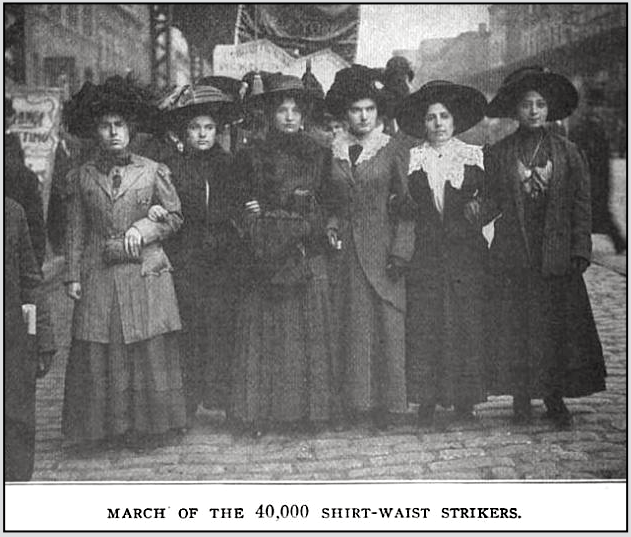
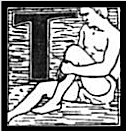
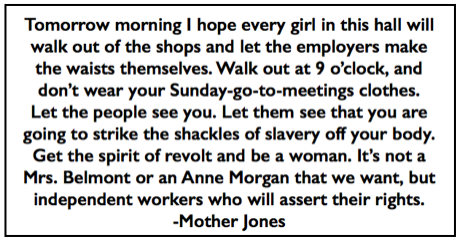 ———-
———-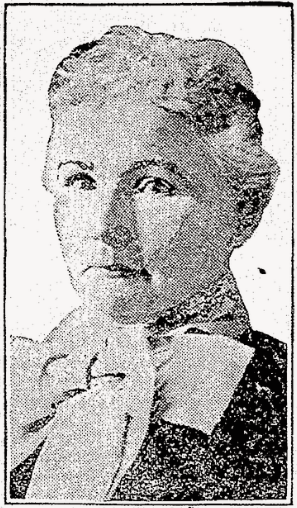
 ———-
———- ———-
———-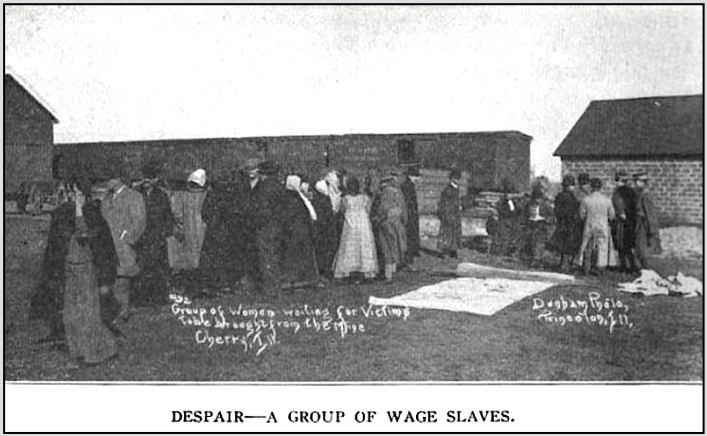
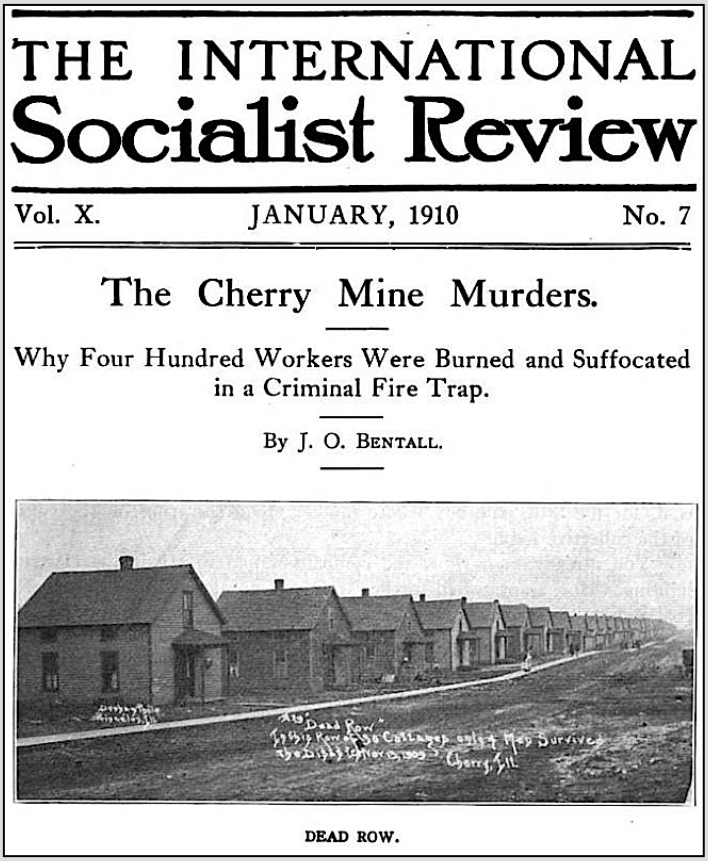
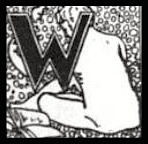 AS your brother one of the four hundred who perished in the Cherry coal mine November 13th? Or was it your father? Your husband? Your son? My brother was there. My father. My son. I helped carry them out. They were cold in death. They were covered with coal dust and swollen from black damp.
AS your brother one of the four hundred who perished in the Cherry coal mine November 13th? Or was it your father? Your husband? Your son? My brother was there. My father. My son. I helped carry them out. They were cold in death. They were covered with coal dust and swollen from black damp.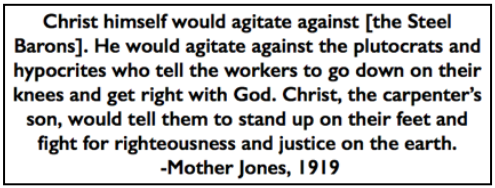 ———-
———-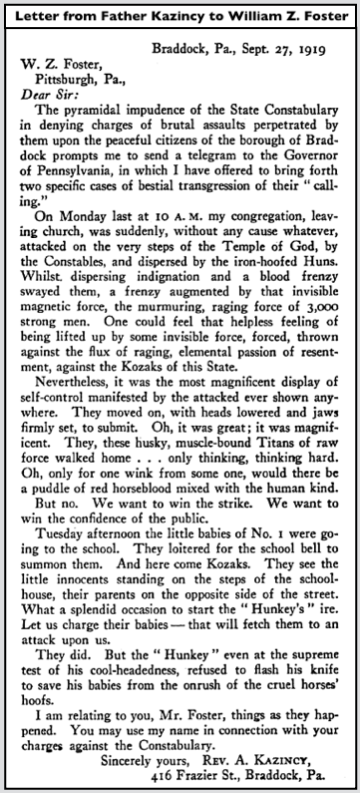
 ———-
———-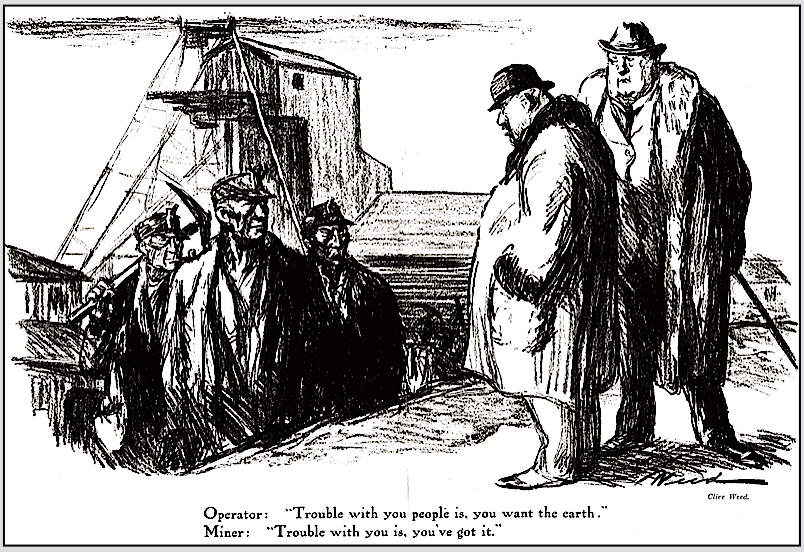 —–
—–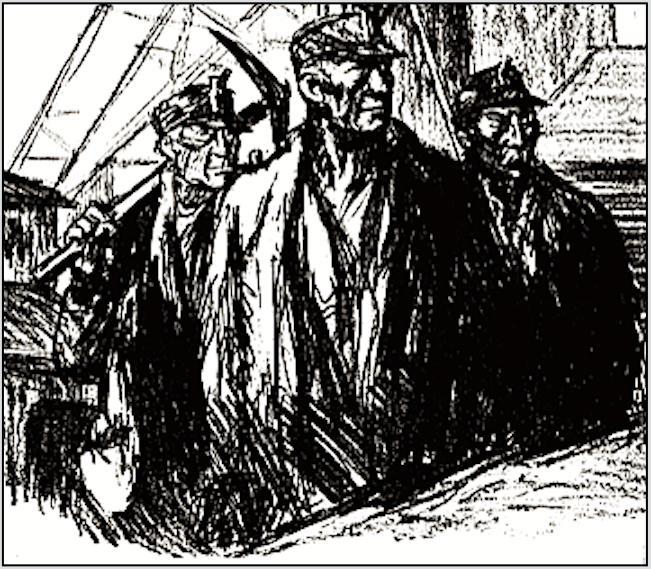 —–
—– —–
—– ———-
———-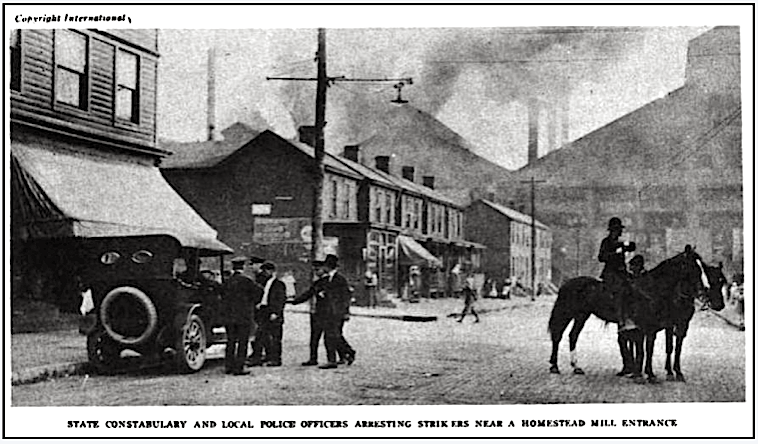 —–
—– ———-
———-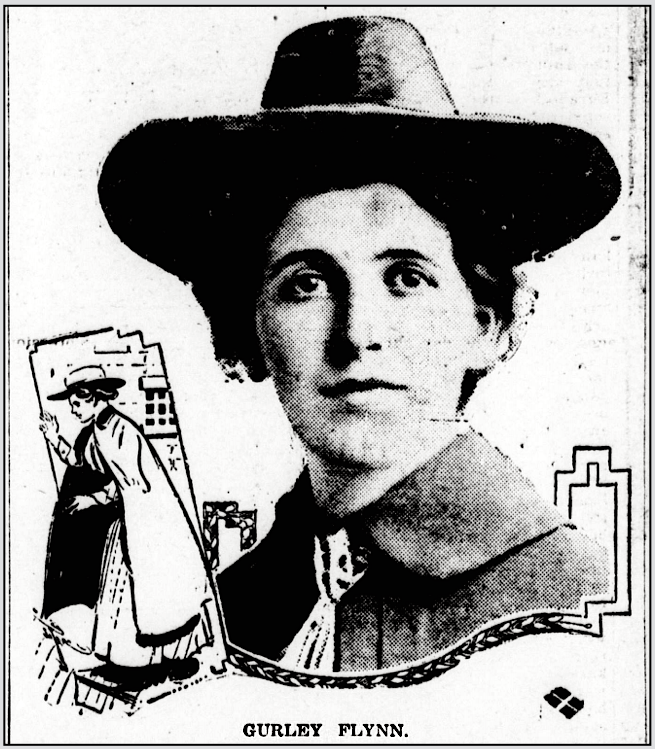 —–
—– ———-
———-